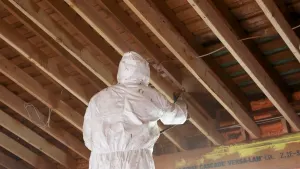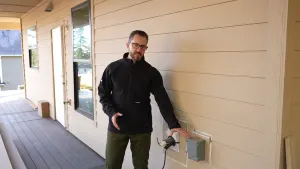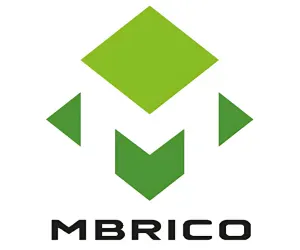Matt has two products to compare when it comes to repairing silicone joints that have failed. In demonstration number one, he'll use 100% silicone. In demonstration number two, he'll show us how a product called Lexel works and how it solves many problems from silicone.
In this demo, the first thing you'll notice is that the silicone is pretty cloudy. It's not totally clear. On the other hand, Lexel provides a clear joint. In fact, they sell Lexel in a clear tube to show users how crystal clear it is.
When silicone cures over time, it releases oils into the substrate. So when Matt removes the silicone from the two pieces of marble, there will be remnants of that silicone, especially its oils left behind.
The first thing you're going to do when removing silicone is cut it out of the joint. In this case, Matt uses a knife and applies some pressure.
There's still quite a bit of silicone left on the substrate as it's pulled out.
Using a slightly dirty joint to test on, we'll see that caulk does not stick well without a clean surface, regardless of product you're using. In this case, it's best to use a caulk cleaner.
It's important to use caulk remover on a silicone joint to prepare it for another.
In the second demonstration, the same scenario, with two silicone beads on it, is used to test. One side is cleaned, while the other is not.
Now we'll see what happens when caulked with Lexel.
This clear product sticks to just about everything, but like every product out there, if there's silicone still on the joint, it's not going to adhere perfectly. The same is true with silicone and for re-caulk. You'll see it can peel it up in one piece on the dirty joint.
However, the one that has been cleaned sticks tenaciously and does not want to come up.
Matt's Take: Check out Lexel. It's crystal clear and paintable. And most importantly, it's repairable and would not require caulk remover. For more info, go to

 Share on facebook
Share on facebook Tweet
Tweet Email
Email Share on Linkedin
Share on Linkedin















